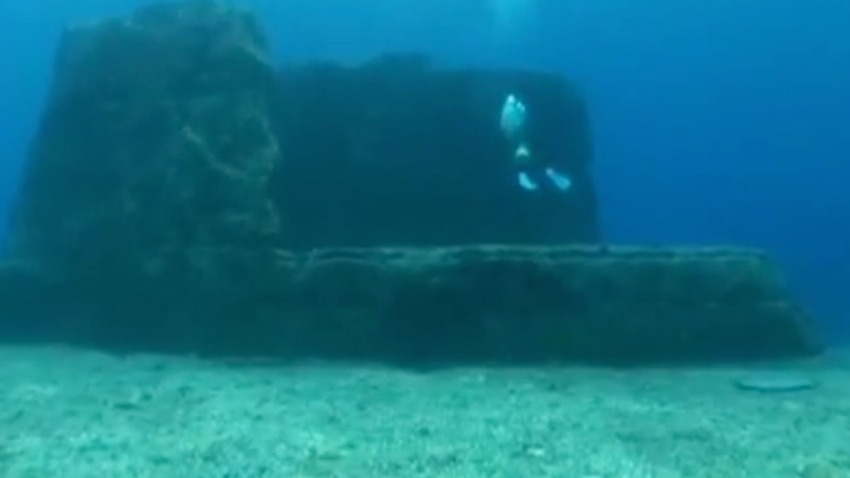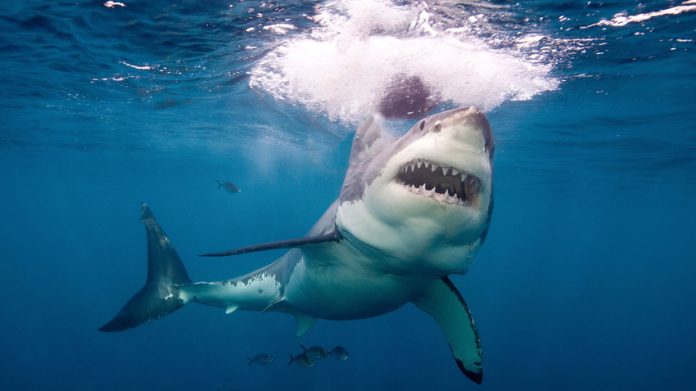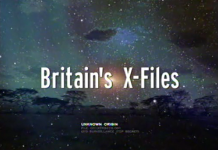
Deep Ocean Mysteries and Wonders Documentary
In the deepest, darkest parts of the oceans are ecosystems with more diversity than a tropical rainforest. Taking us on a voyage into the ocean — from the deepest trenches to the remains of the Titanic — marine biologist David Gallo explores the wonder and beauty of marine life.
-
A cannibal shark in Australia

Possibly the only thing scarier than a shark is a cannibal shark. After scientists recovered a tag that had been tracking a nine-foot long great white, they discovered something surprising. The shark had suddenly dove 1,903 feet, the temperature on the tag going from 46 degrees Fahrenheit to 78 degrees Fahrenheit. The only way the temperature could change that swiftly is if the shark hadbeen eaten by something larger.
It’s not entirely uncommon for a shark to eat another shark, though the instances surrounding this great white are still murky. Researchers involved have also tossed around theories of a tussle with a killer whale, but others say it is likely a “two-ton colossal cannibal great white shark.”
Congratulations, sharks – you’re more terrifying than we thought.
-
The ‘Atlantis of Japan’

The lost city of Atlantis is a favorite among mystery buffs. But Japan might have a similar mystery of its own.
In 1986, a local diver near Yonaguni Jima, an island south of Japan, discovered a large section of underwater formations. The structures, according to Masaaki Kimura, a marine geologist at the University of Ryukyus, look like castle ruins, five temples, a stadium and a triumphal arch.
Some believe they’re the ruins of an ancient city, buried by a powerful earthquake. Others, like Boston University professor Robert Schoch, call the structures all natural and a classic case of “basic geology,” because sandstone tends to break along planes into straight edges.
-
The milky sea phenomena

Sailors of yore used to tell tales of suddenly encountering “pale, milky, glowing waters.” As it turns out, it wasn’t just a fisherman’s tale. In 1995, a British merchant vessel documented that the sealooked “milky-white.”
Modern scientists, like Steve Haddock at the Monterey Bay Aquarium Research Institute, have discovered that luminous bacteria or bioluminescent dinoflagellates are the source of the glow, though it was all still theoretical at the time of a 2005 study. A follow-up study from Haddock and three other scientists concluded that the bacteria glows to attract fish, so it can be ingested and live inside of it.
The bacteria gathers in the trillions, but scientists still don’t know what caused “such a massive bacteria population explosion.”
“There are still far more questions than answers surrounding milky seas,” the study says. “We have gained a new sense for how very little indeed we really know about the place we call ‘home.'”














